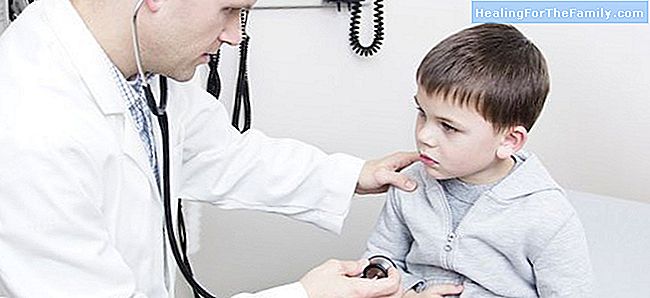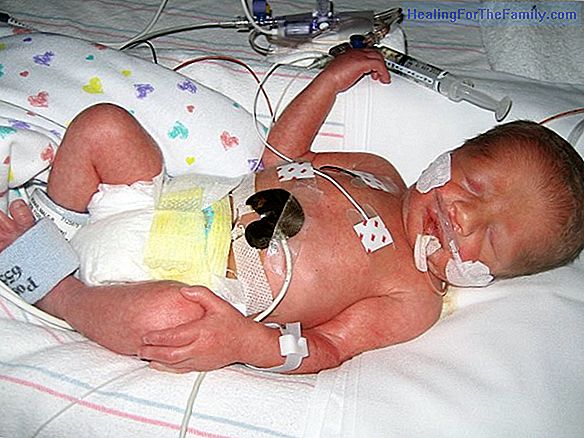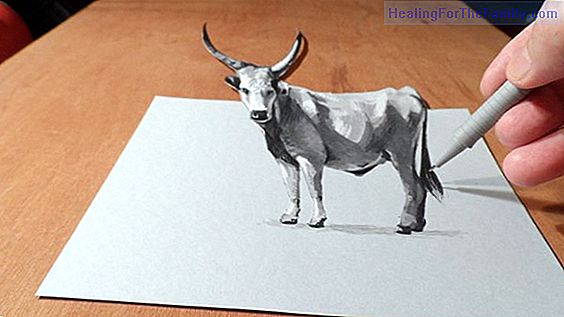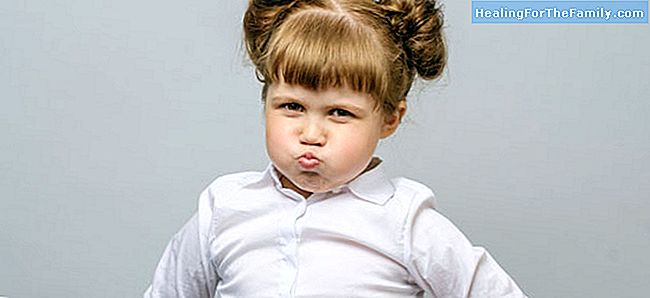Bowel obstruction in children
Imagine a sock turned around. Something similar to this everyday fact, but extrapolated to the intestine, is what is known as 'intussusception' . Although it can appear at any time of life, this disease is the most common cause of obstruction between 3 months and 6 years of age. Causes and symptoms
Imagine a sock turned around. Something similar to this everyday fact, but extrapolated to the intestine, is what is known as 'intussusception'.
Although it can appear at any time of life, this disease is the most common cause of obstruction between 3 months and 6 years of age.
Causes and symptoms of intussusception in children

Parents often ask why this has happened to our children. Well, in 95% of invaginations, doctors do not find any explanation or cause. This is, the most frequent thing is that it appears like that because yes. Only in 5% of cases, they are secondary to another process (enlarged lymph nodes, bruises, tumors, diverticula, etc.).
From a clinical point of view, this picture is very bulky. The little one starts to vomit. Afterwards, he manifests a very striking irritable cry (different from that of a tantrum), associated with stretch / shrinkage of the legs, and with evident gestures of pain. If the picture progresses, the child will become drowsy and pale, his heart rate will increase, cold sweat will appear, and he will be able to emit a bloody stool (what we call doctors 'currant jelly stool').
The diagnosis is confirmed by an abdominal ultrasound, in which we can see the 'donut sign' or an image in the intestine type 'false kidney'.
Treatment of intestinal intussusception in children
The treatment of this intestinal obstruction depends on two factors: the time of evolution and the type of intussusception. Invaginations that have little evolution can be reduced with a simple enema or by blowing air through the culete. On the other hand, if it takes more than 48 hours of evolution, we opt for surgical treatment. The treatment of the secondary ones consists of correcting the cause that is motivating it of individualized form. Therefore, and by way of summary, this is one of the most serious processes in which crying and irritability are the 'guiding symptoms'. Prognosis depends on its diagnosis and early treatment. Use common sense to intuit and take into account that a child over three months who cries emphatically and shrugs or stretches his legs in a very striking may have an intussusception.












